U-Bahn: an architectural patchwork of Berlin’s history
Blue Crow Media’s Berlin U-Bahn Architecture and Design Map is an ode to the multiple intersections found in Berlin’s underground design histories
Nigel Green - Photography
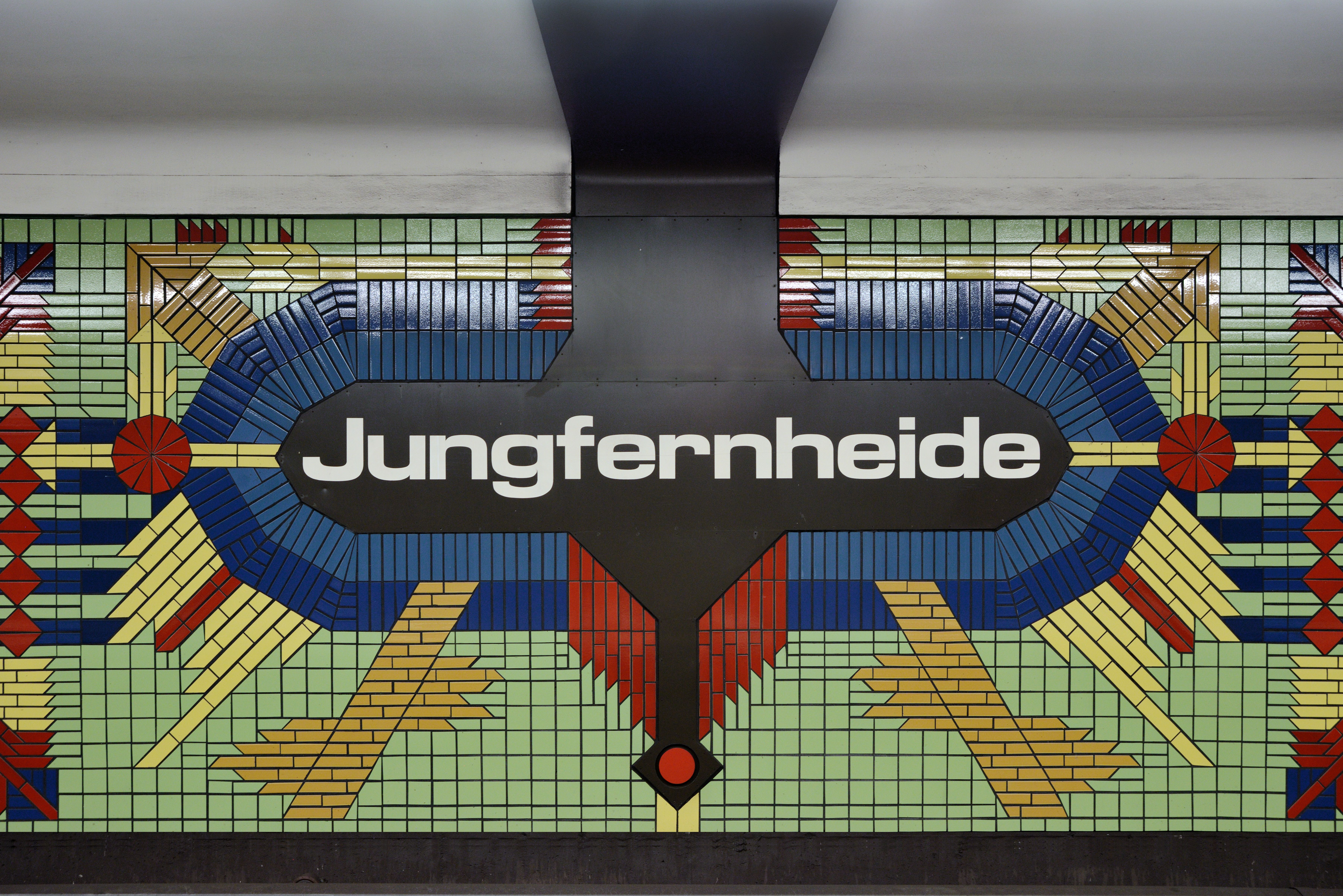
If there is one place that can tell the story of Berlin’s complex history through design, it is the city's underground system; and it is exactly this part of design and infrasturcture heritage that the latest addition to architecture books publishers Blue Crow Media’s 20th century series on architecture guide maps explores. The newly launched Berlin U-Bahn Architecture and Design Map is a collaboration between Berlin architecture historian Verena Pfeiffer-Kloss and photographer Nigel Green.
Connected by almost 150 kilometres of track, the U-Bahn is a mostly underground network that hosts up to 530 million passengers a year. From the subway's pre- and postwar expansion to Berlin’s unification, this publication offers us an insight into the architecture of a selection of fifty stations built from 1902 to 2009. The map is a vibrant visual reading of the whole city's design history told through the intimacies of architectural features and details, such as typefaces, tile patterns and material colour palettes, reflecting on Berlin's social, political and economic past.

Through this playful storytelling, we are whisked into the dynamic aesthetics of the subway system - from the muted tones and brutalism of ‘the ghost stations of East Berlin, to history lessons at Heidelberger Platz and fairy tales at Paulsternstraße,' explains the publisher.
The publication highlights the influential work of architects such as Alfred Grenander and Rainer G. Rümmler, who both left a lasting impact on the architecture of the U-Bahn transit network. On top of being the inventor of Kennfarben, the colour coding on the underground system still in use today, Grenander was heavily influenced by the Jugendstil, Art Nouveau, Futurist and Modernist movements at the time, with one of his most famous station designs being Alexanderplatz. Rümmler is perhaps best known for his colourful, bright and bold mosaics and platform murals that we see in stations like Fehrbelliner Platz and the colourful glazed ceramic tiles of stations such as Jungfernheide.
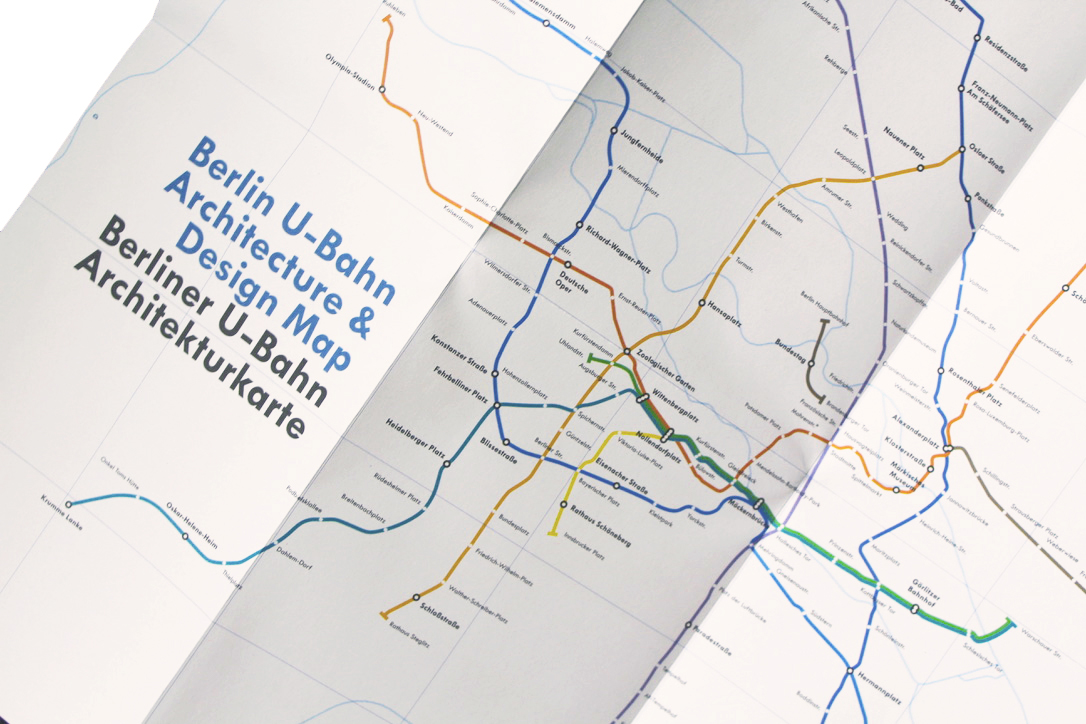
Published in English and German, the map includes an introduction, original photographs by Green and texts accompanying each of the stations in it. It is testament to the design value, rich, layered information and joy found in one of Berlin’s most important transit systems; an ode to the multiple intersections found in Berlin’s underground design histories.
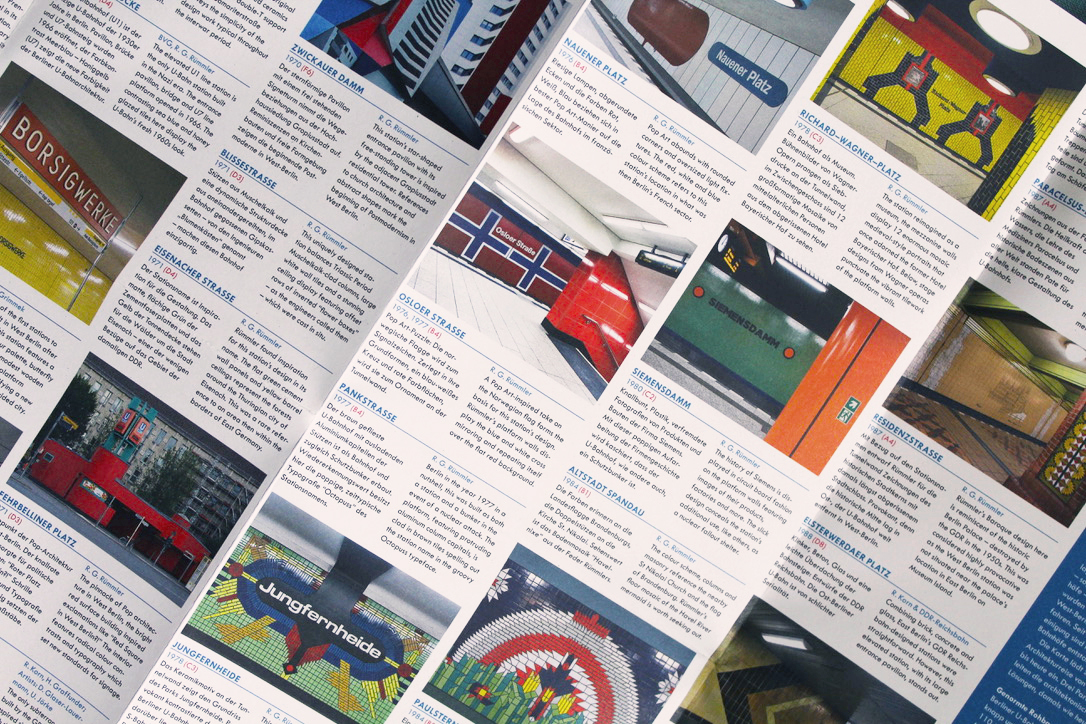
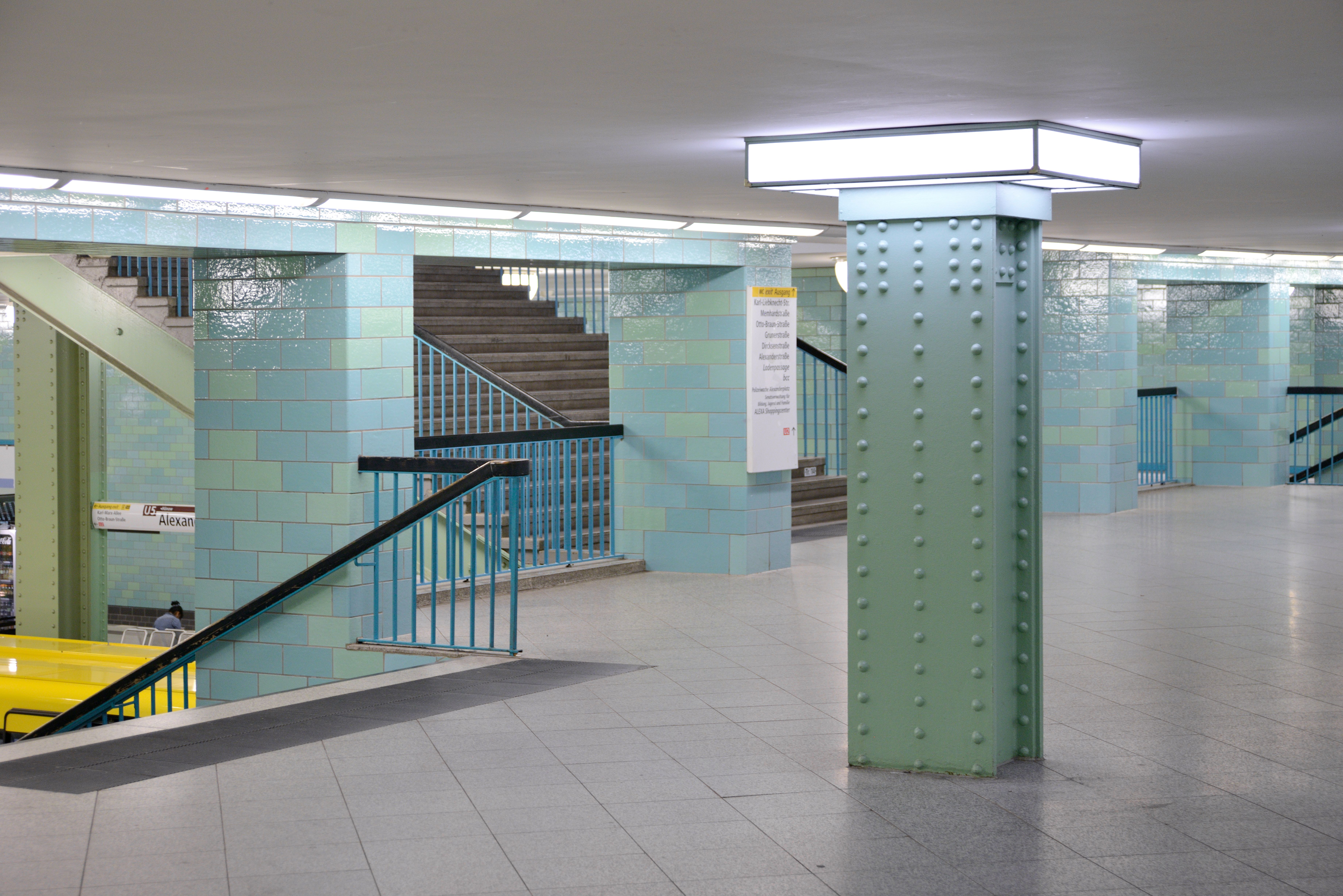
Alexanderplatz station
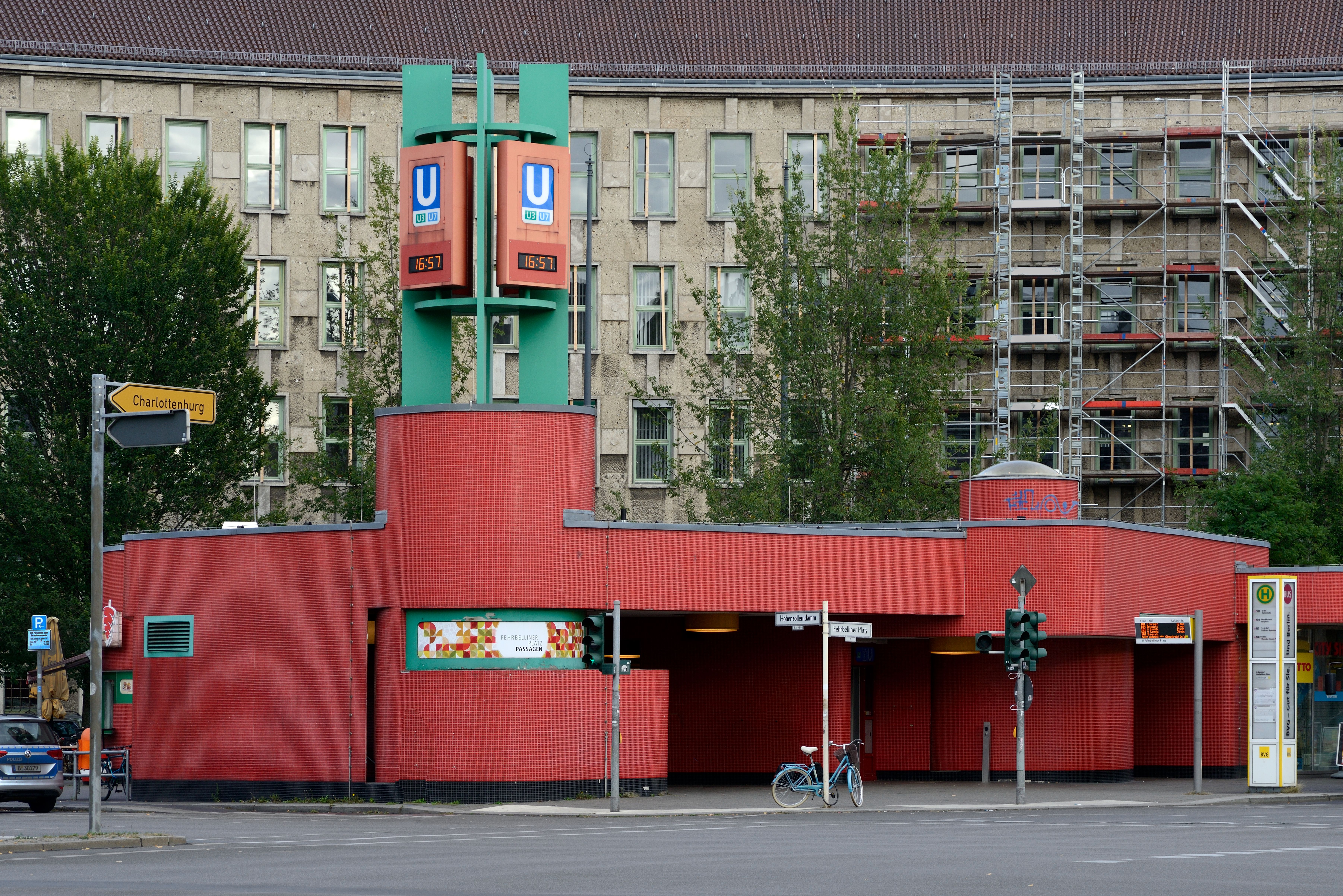
Fehrbelliner platz station
INFORMATION
Receive our daily digest of inspiration, escapism and design stories from around the world direct to your inbox.
-
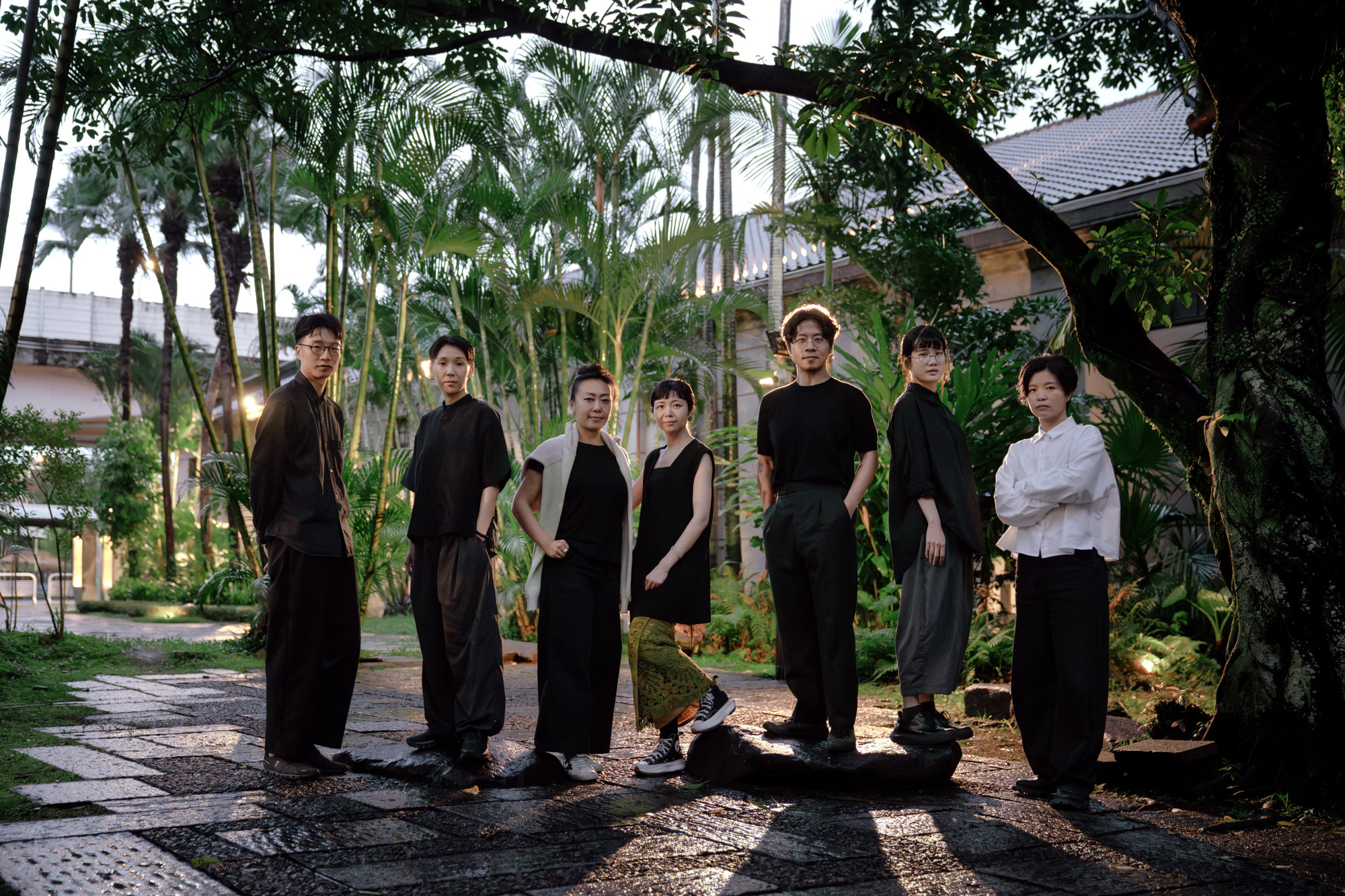 How Taipei designers operate between cutting-edge technology and their country's cultural foundations
How Taipei designers operate between cutting-edge technology and their country's cultural foundationsIn the final instalment of our three-part Design Cities series, we explore Taipei, Taiwan, as a model of translating contemporary urban aesthetic and craft traditions into design thinking
-
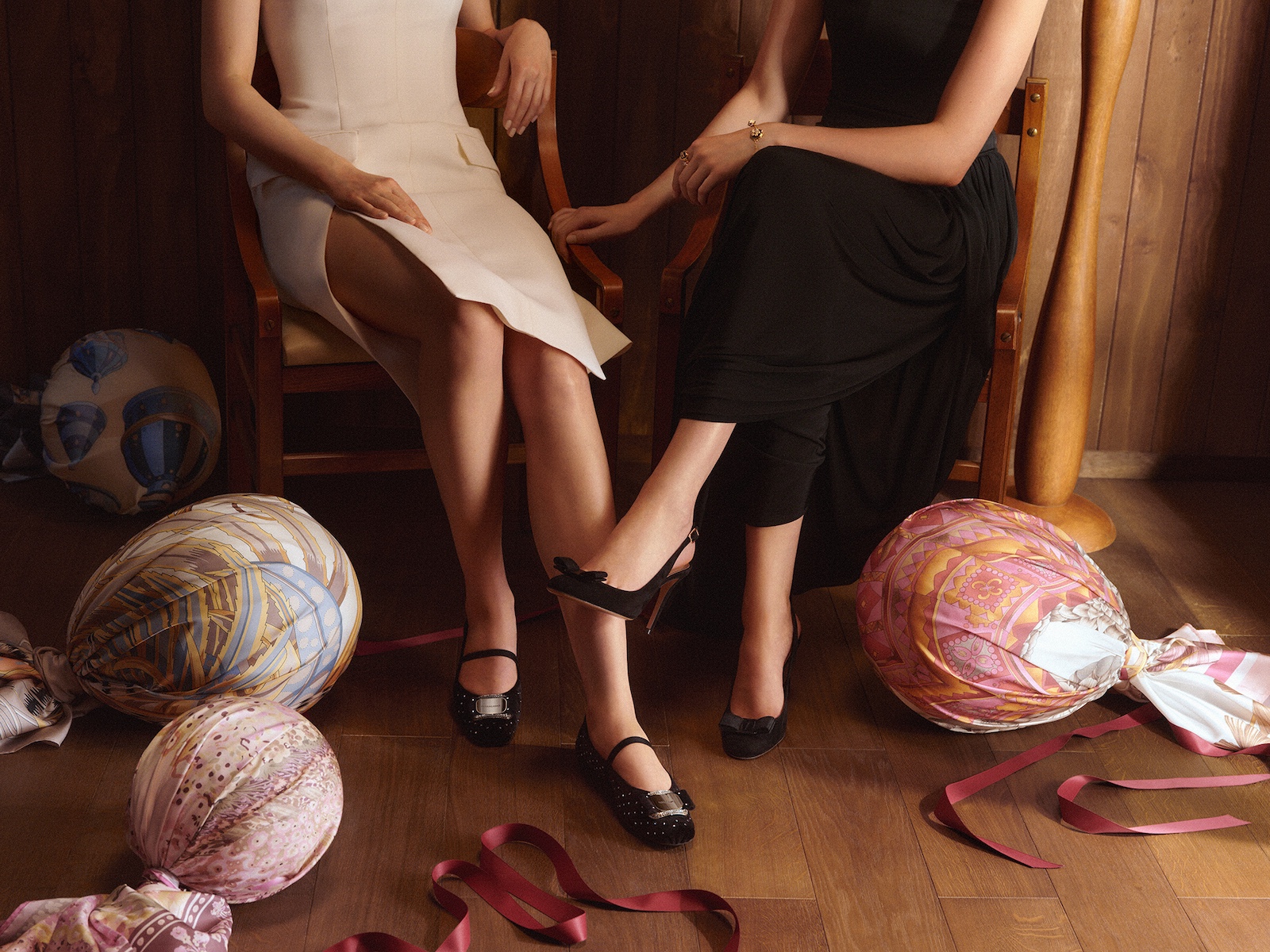 Ferragamo gifts come imbued with glamour and nostalgia this season
Ferragamo gifts come imbued with glamour and nostalgia this seasonIn a series of short films and images, the Italian fashion house celebrates gift-giving and offers an array of wishlist-worthy examples, from bags to shoes and scarves
-
 How Charles and Ray Eames combined problem solving with humour and playfulness to create some of the most enduring furniture designs of modern times
How Charles and Ray Eames combined problem solving with humour and playfulness to create some of the most enduring furniture designs of modern timesEverything you need to know about Charles and Ray Eames, the American design giants who revolutionised the concept of design for everyday life with humour and integrity
-
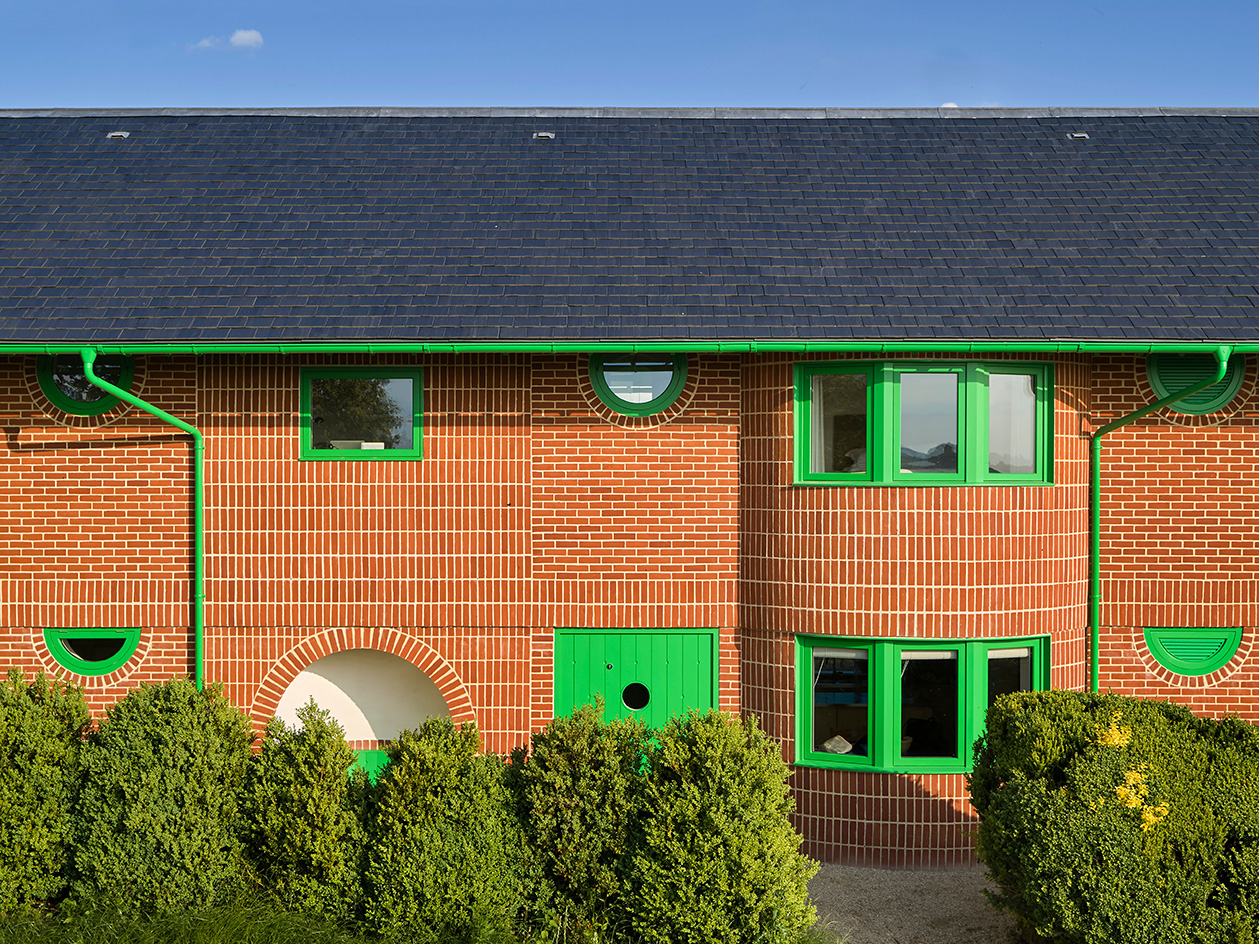 David Kohn’s first book, ‘Stages’, is unpredictable, experimental and informative
David Kohn’s first book, ‘Stages’, is unpredictable, experimental and informativeThe first book on David Kohn Architects focuses on the work of the award-winning London-based practice; ‘Stages’ is an innovative monograph in 12 parts
-
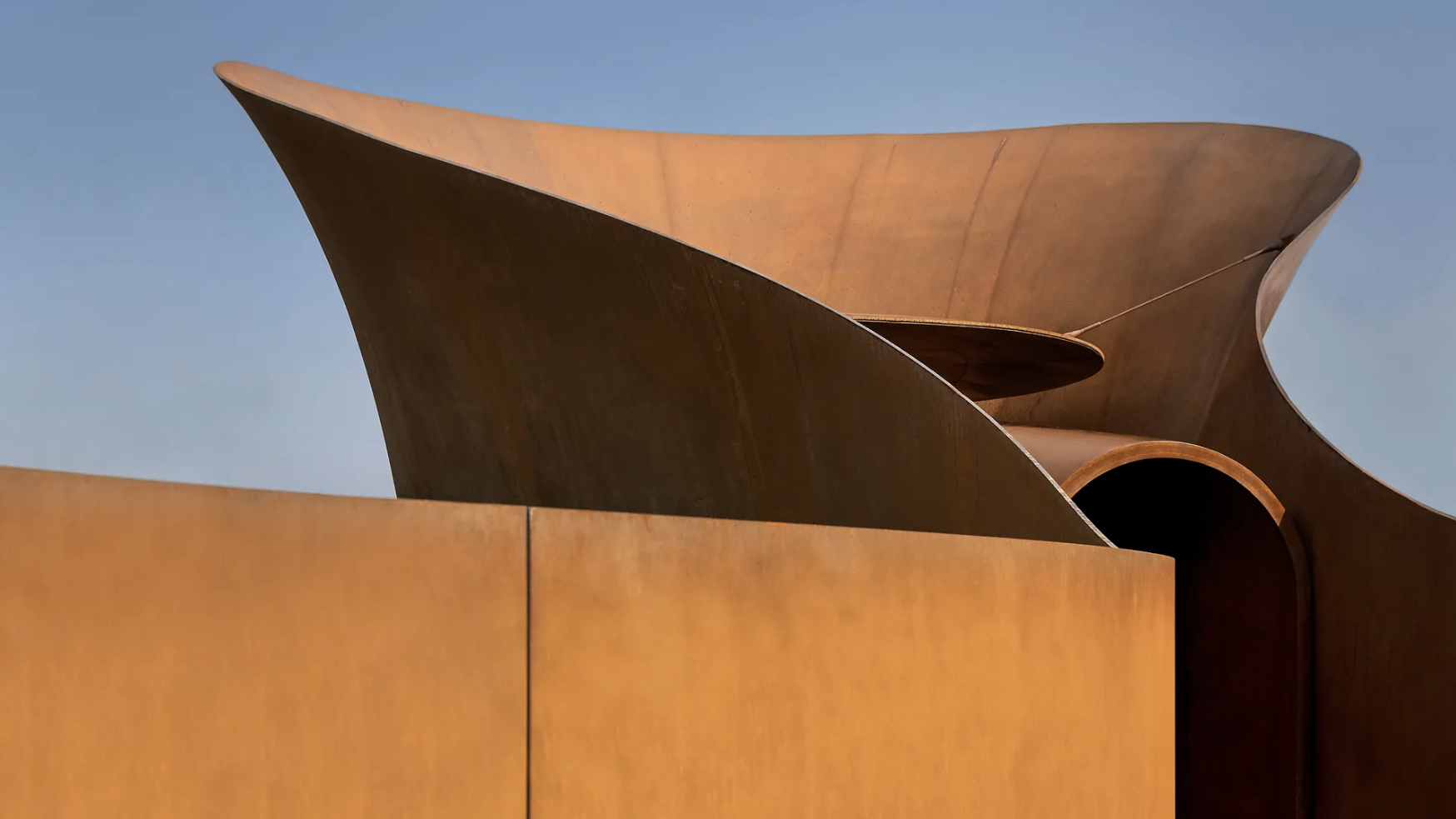 Doshi Retreat at the Vitra Campus is both a ‘first’ and a ‘last’ for the great Balkrishna Doshi
Doshi Retreat at the Vitra Campus is both a ‘first’ and a ‘last’ for the great Balkrishna DoshiDoshi Retreat opens at the Vitra campus, honouring the Indian modernist’s enduring legacy and joining the Swiss design company’s existing, fascinating collection of pavilions, displays and gardens
-
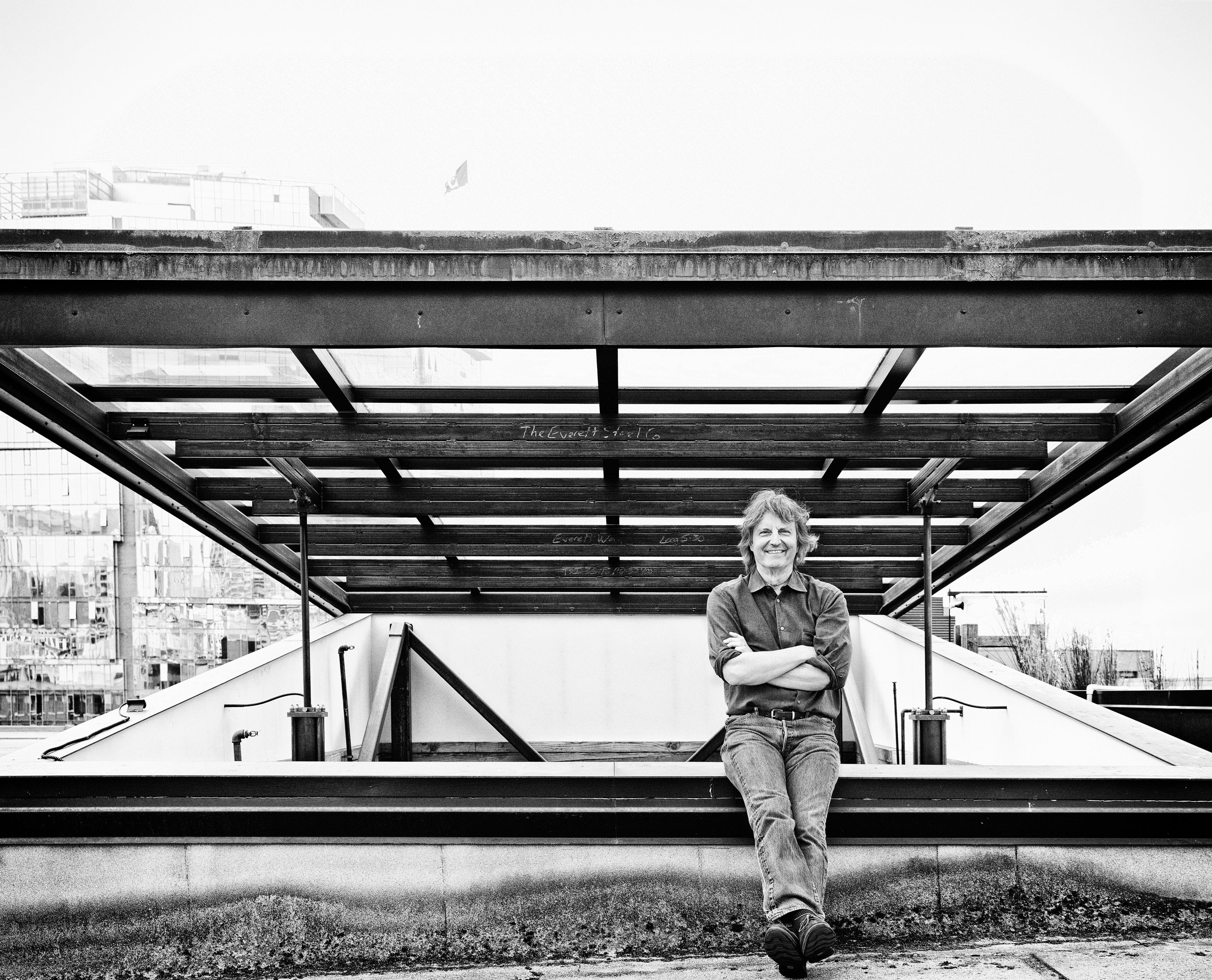 Explore Tom Kundig’s unusual houses, from studios on wheels to cabins slotted into boulders
Explore Tom Kundig’s unusual houses, from studios on wheels to cabins slotted into bouldersThe American architect’s entire residential portfolio is the subject of a comprehensive new book, ‘Tom Kundig: Complete Houses’
-
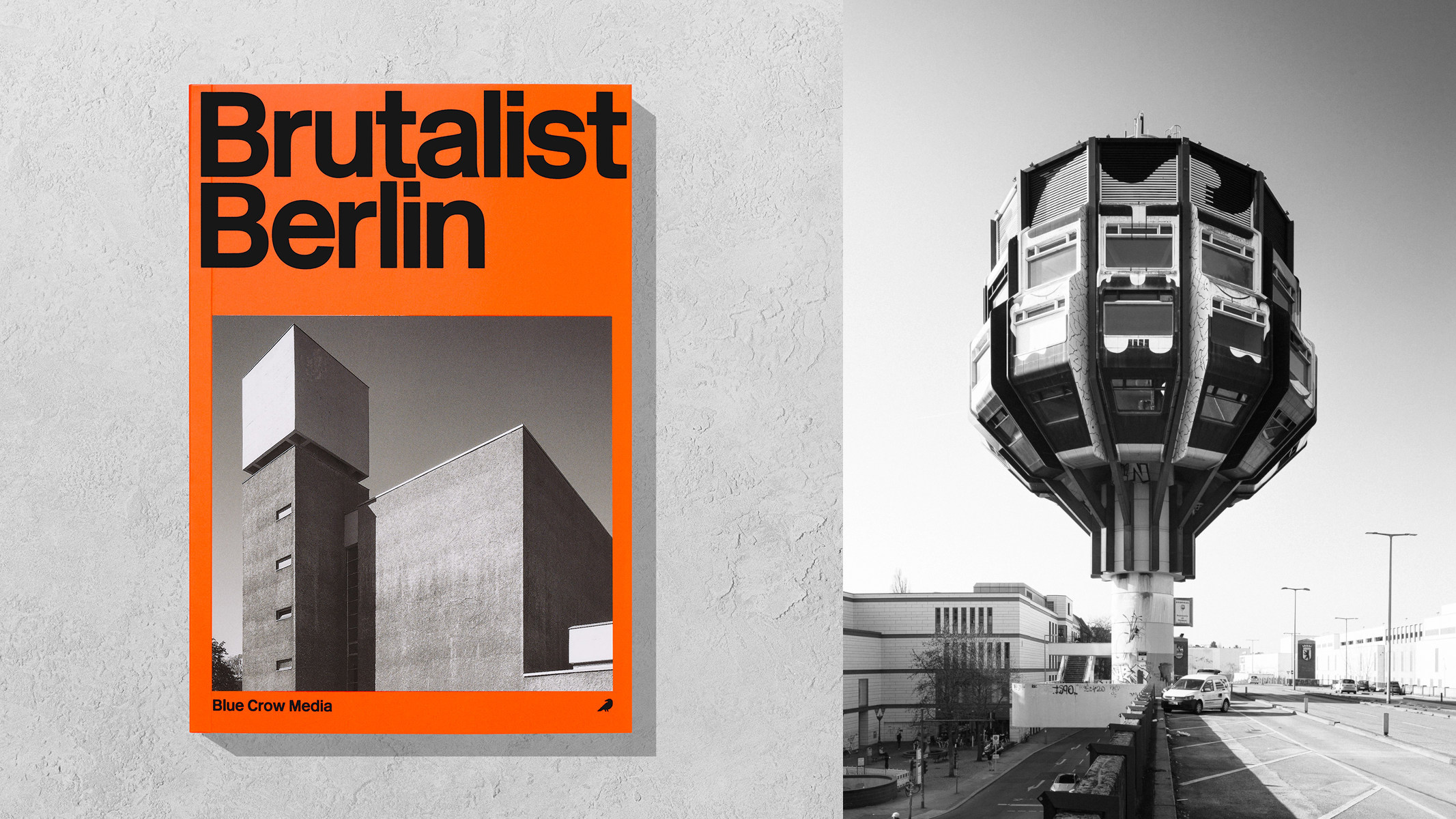 ‘Brutalist Berlin’ is an essential new guide for architectural tourists heading to the city
‘Brutalist Berlin’ is an essential new guide for architectural tourists heading to the cityBlue Crow Media’s ‘Brutalist Berlin’ unveils fifty of the German capital’s most significant concrete structures and places them in their historical context
-
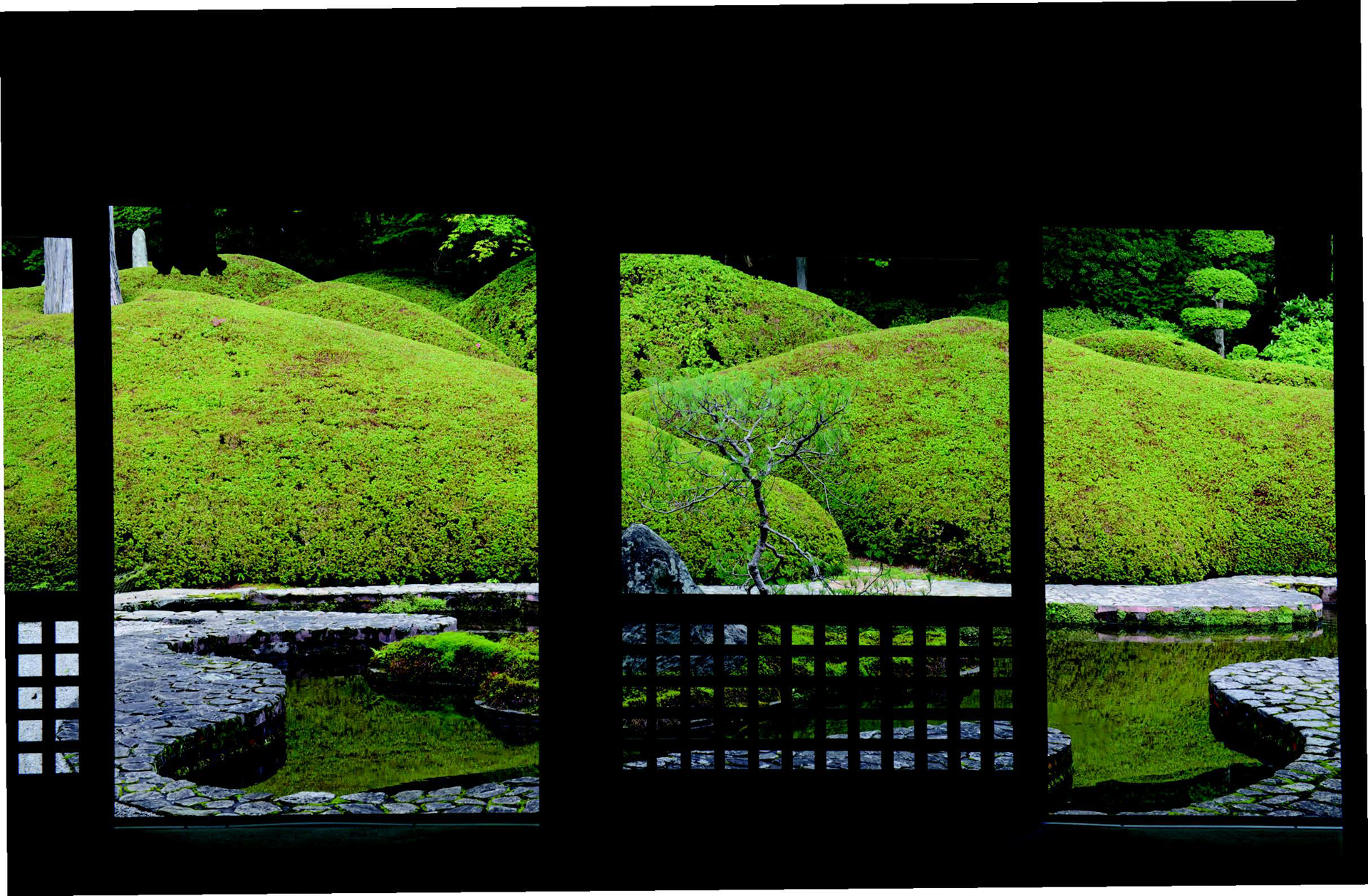 A new photo book explores the symbolic beauty of the Japanese garden
A new photo book explores the symbolic beauty of the Japanese garden‘Modern Japanese Gardens’ from Thames & Hudson traces the 20th-century evolution of these serene spaces, where every element has a purpose
-
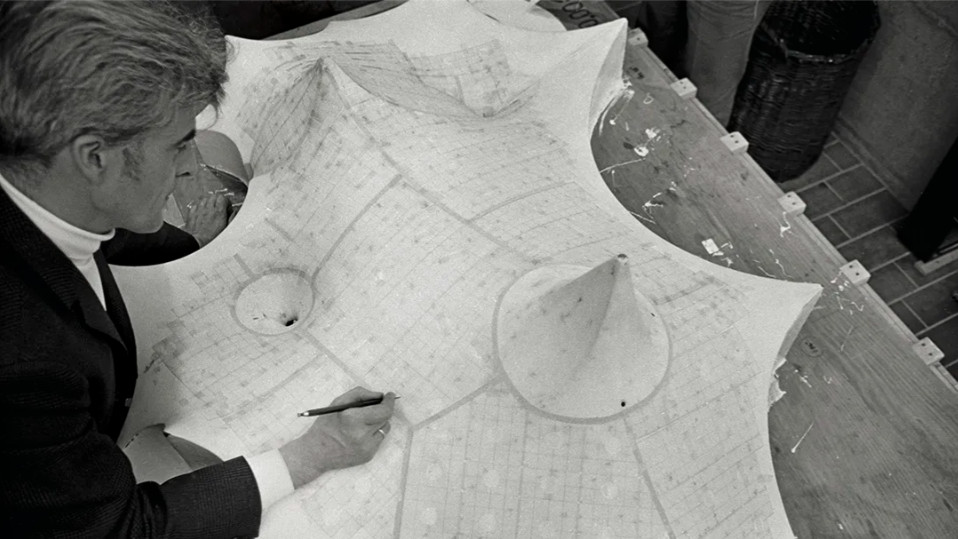 A new book delves into Frei Otto’s obsession with creating ultra-light architecture
A new book delves into Frei Otto’s obsession with creating ultra-light architecture‘Frei Otto: Building with Nature’ traces the life and work of the German architect and engineer, a pioneer of high-tech design and organic structures
-
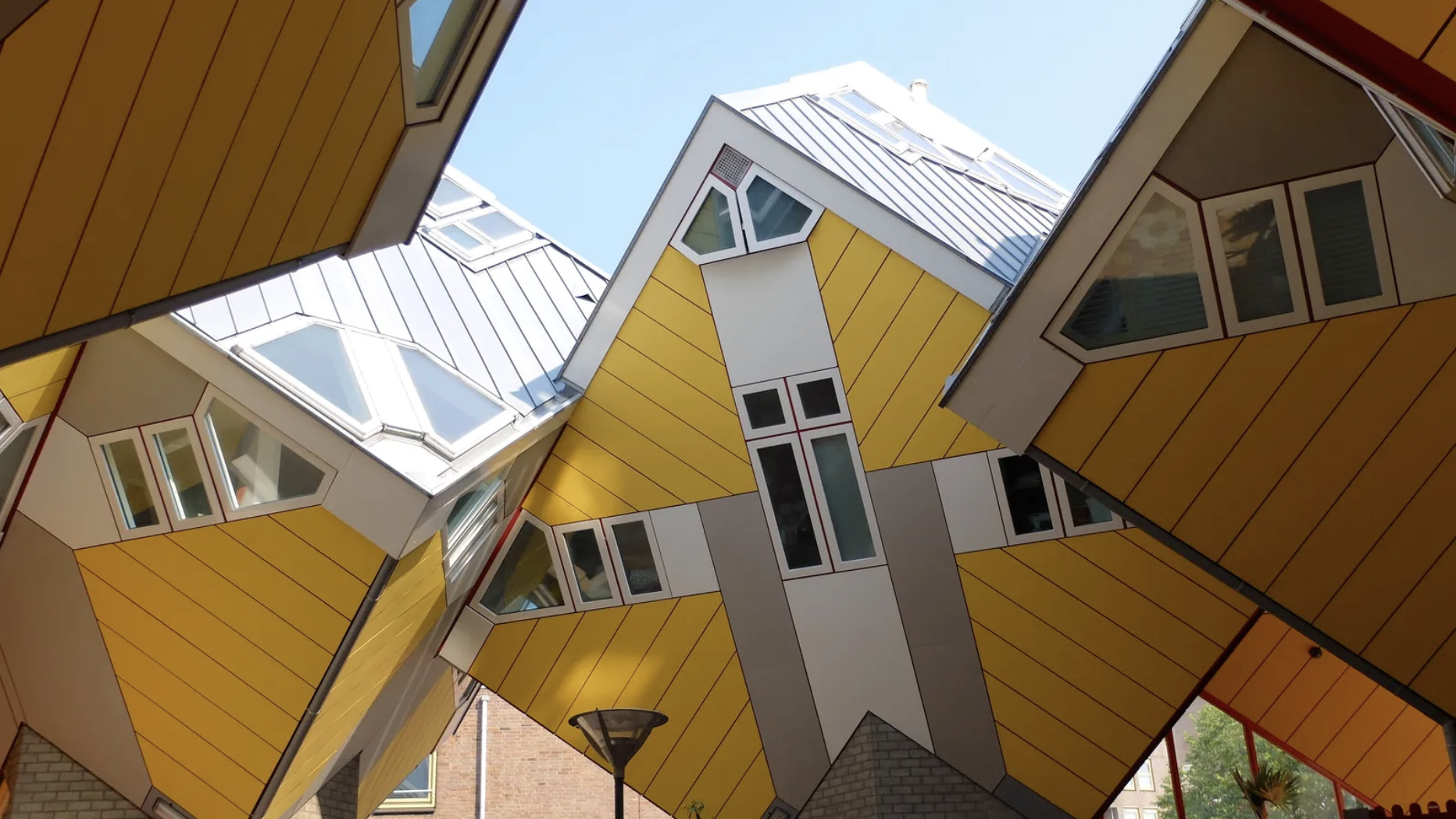 Modernist Travel Guide: a handy companion to explore modernism across the globe
Modernist Travel Guide: a handy companion to explore modernism across the globe‘Modernist Travel Guide’, a handy new pocket-sized book for travel lovers and modernist architecture fans, comes courtesy of Wallpaper* contributor Adam Štěch and his passion for modernism
-
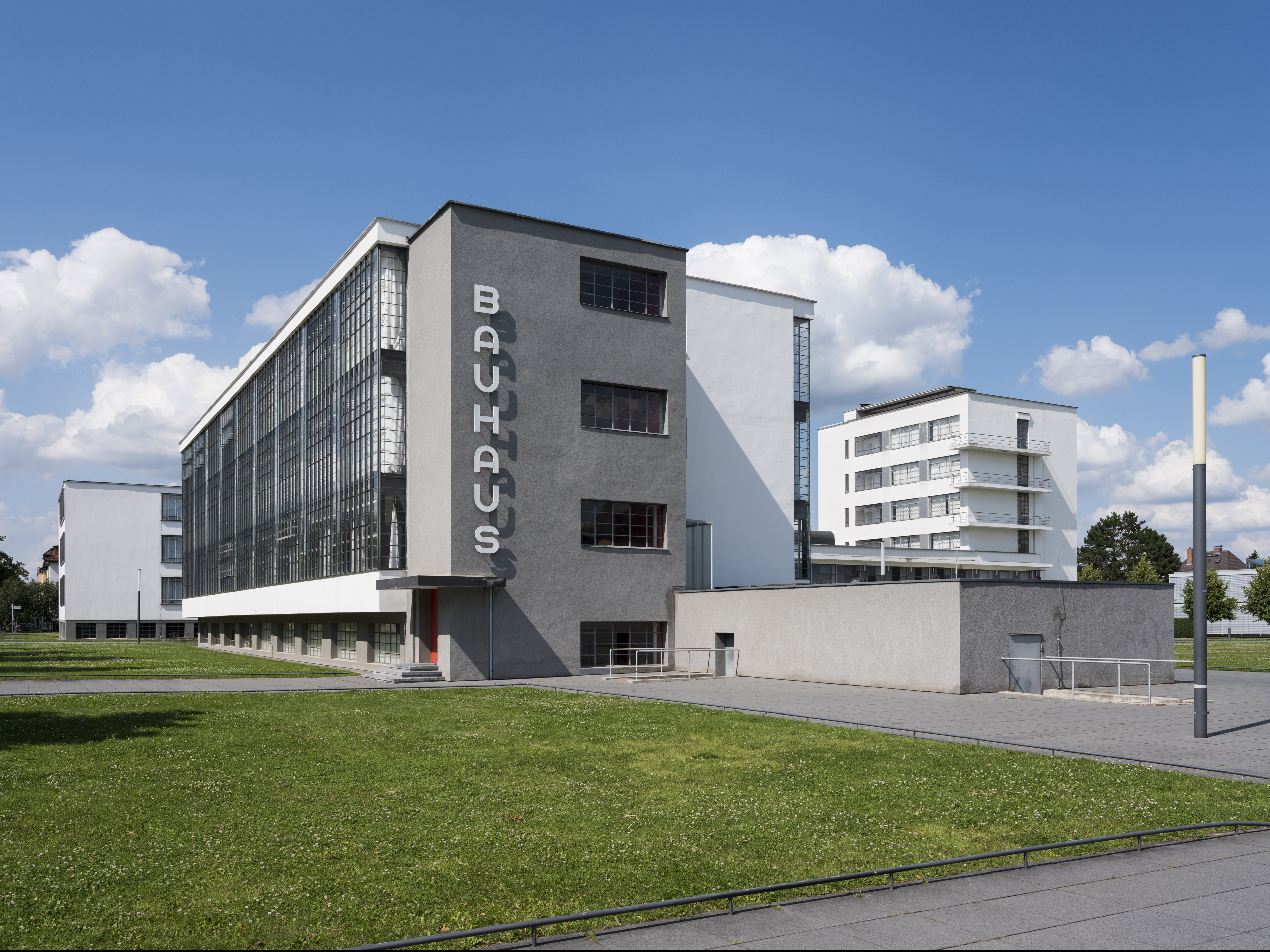 What is Bauhaus? The 20th-century movement that defined what modern should look like
What is Bauhaus? The 20th-century movement that defined what modern should look likeWe explore Bauhaus and the 20th century architecture movement's strands, influence and different design expressions; welcome to our ultimate guide in honour of the genre's 100th anniversary this year